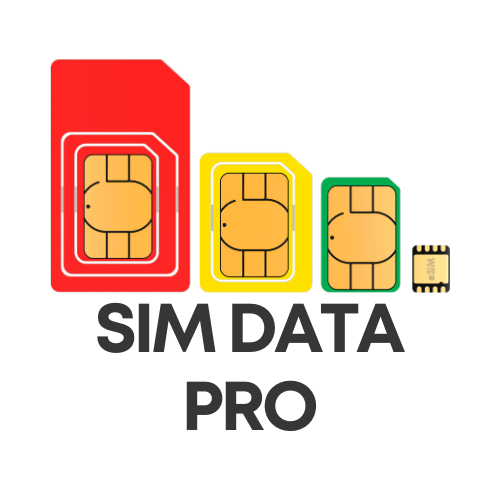Introduction
A family tree is more than just a visual representation of family connections; it is a historical document that captures the essence of familial relationships across generations. By constructing a family tree, individuals can trace their lineage, uncover ancestral roots, and understand the complex web of relationships that define their heritage. In this detailed guide, we’ll explore the concept of the family tree, including its various types and formats, and how you can obtain one using a CNIC number. We will also highlight the key providers of family tree services to help you get started.
What Is a Family Tree?
A family tree, also known as a genealogy tree, is a diagram that illustrates the lineage of an individual. It shows the relationships between family members across multiple generations, from ancestors to descendants. The family tree helps in understanding how different family members are connected and provides a clear picture of the family’s history.
Purpose and Benefits of a Family Tree
- Understanding Ancestry: It provides insights into one’s ancestry and helps in discovering familial roots.
- Preserving History: It preserves family history and traditions for future generations.
- Strengthening Connections: It helps in building and maintaining connections with distant relatives.
- Genealogical Research: It aids in genealogical research and exploring familial heritage.
Types of Family Trees
- Family Tree by BirthThe family tree by birth focuses on the biological relationships within a family. It starts with an individual and traces their ancestry through their parents, grandparents, great-grandparents, and beyond. This type of family tree highlights the direct line of descent, showing how each generation is related by birth.Key Features:
- Direct Lineage: Includes direct ancestors and their descendants.
- Generational Depth: Provides information on multiple generations, showcasing the lineage from the present to the past.
- Biological Connections: Emphasizes blood relationships and genetic heritage.
- Family Tree by MarriageThe family tree by marriage incorporates relationships established through marriage. It expands the family tree by including spouses and their families, illustrating how marriages connect different family lines. This type of family tree provides a broader view of family connections, including both biological and marital relationships.Key Features:
- Marital Connections: Includes spouses and their families.
- Extended Lineage: Shows connections beyond immediate family, incorporating in-laws and extended relatives.
- Broader Perspective: Offers a more comprehensive view of family relationships.
Family Tree Formats
- Written Family TreeThe written family tree presents data in a textual format, making it easy to read and organize. It includes detailed information about each family member, such as:
- Names: Full names of each family member for clear identification.
- CNIC Numbers: Unique identification numbers to verify each individual’s identity.
- Dates of Birth: Birthdates of each individual to understand the generational timeline.
- Passport Numbers: If available, passport numbers for international identification.
- Picture Family TreeThe picture family tree adds a visual element to the family history, making it easier to recognize and connect with family members. It includes:
- Photographs: Pictures of each family member, providing a visual representation of the family.
- Names and Dates: Accompanying each picture are names and dates of birth for context.
How to Obtain Your Family Tree
Obtaining a family tree can be a straightforward process, especially if you provide a CNIC number. Here’s a step-by-step guide on how to get your family tree:
- Submit a Request: Contact a family tree service provider with your CNIC number. This unique identifier allows the service to access and compile your family history.
- Choose the Format: Decide whether you want a written family tree, a picture family tree, or both. Each format offers different insights into your family history.
- Receive Your Family Tree: The service provider will deliver your family tree, including all requested details and formats. You can review the information and use it for personal or research purposes.
Providers of Family Tree Services
Several reputable providers offer comprehensive family tree services, each known for their reliability and accuracy:
- Minahil SIM Data: Offers detailed family tree services, providing both written and picture formats. Known for its accuracy and comprehensive data.
- Tracer PK: Provides a range of family tree services, including in-depth information and various formats.
- SIM Owner Info: Specializes in family tree services with a focus on reliability and customer satisfaction.
These providers can help you explore your family history and obtain a detailed family tree based on your CNIC number.
Conclusion
A family tree is a valuable resource for anyone interested in exploring their ancestry and understanding their familial lineage. Whether you’re interested in a written format or a picture-based representation, obtaining a family tree with your CNIC number can provide a comprehensive view of your family history. By leveraging services from reputable providers, you can access a detailed family tree that highlights your heritage and connects you with your ancestors.
Exploring your family tree not only offers insights into your past but also helps preserve your family history for future generations. Start your journey today and uncover the rich tapestry of your ancestry.

This Post Has 0 Comments